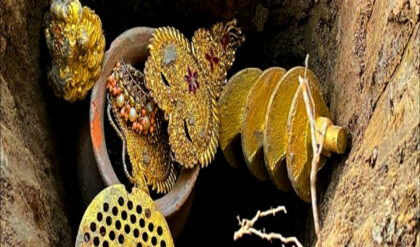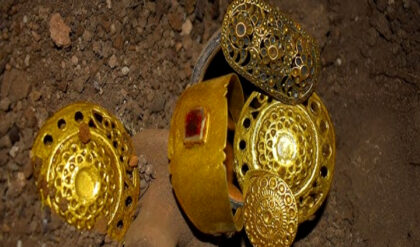
Imagine for a moment you’re studying asteroids, observing their movements, when suddenly one of them changes direction ever so slightly—not abruptly, but noticeably. You might be facing an asteroid, but could it be guided by a higher force? Well, welcome, everyone. As always, a pleasure to be with you. Let’s delve into those asteroids that might be inhabited by advanced civilizations, studying some stellar systems—such as ours, and particularly our planet. But first, let’s examine an important sighting reported by the Snake 2 community. Let’s analyze it and draw our own conclusions.
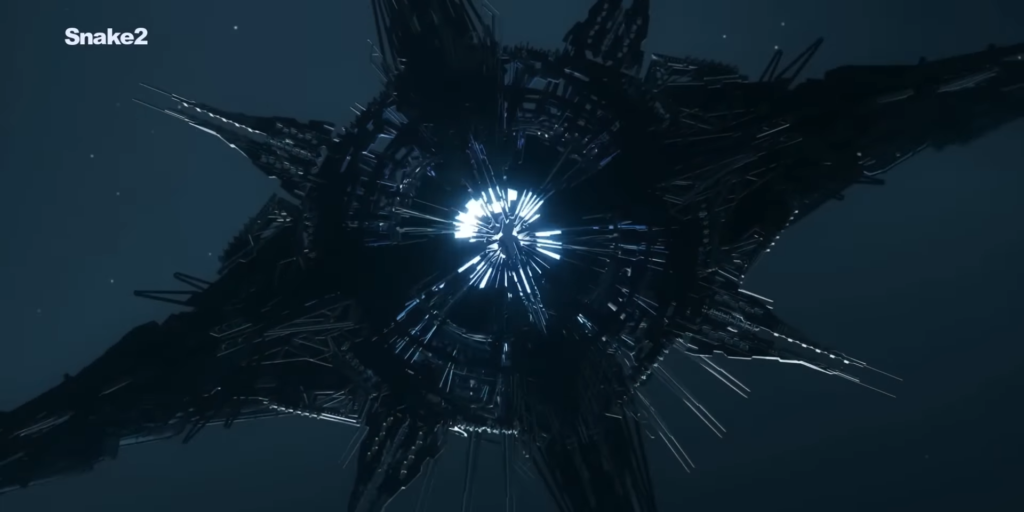
On July 4th, a classic orb-shaped UFO, similar to those seen in various videos—some real, some fake—was sighted. What makes this footage special is its duration of over 8 minutes. As we always say, when you encounter something strange or anomalous, why film for only a few seconds? Capture as much as you can, even until it disappears. And from this footage, two things emerge: one ascends while the other descends, seemingly bifurcating, then reuniting, much like other orbs witnessed worldwide. It lacked obvious wings or propulsion means, thus possibly indicating a UFO. It’s challenging to gauge its speed accurately, but some commercial pilots have clocked similar objects at over 500 miles per hour. Individuals with prolonged sightings lasting over 5 minutes may be unwittingly experiencing literal contact encounters. After viewing these incredible images, a fundamental question arises: Could non-human intelligence or the occupants of this possible craft be making contact with witnesses? And vice versa
The witness later sought earthly explanations for the incident, even consulting a nearby military base, but to no avail. He remains convinced it’s neither an airplane nor a drone, and specialists agree it’s not related to typical phenomena like meteors. So, what was it? The secret may lie in that strange division. It doesn’t seem meteorologically related, nor does it resemble a bird or a plane. Could it have been a weather balloon? Perhaps, but local meteorological services recorded nothing of the sort in the area at the time. Therefore, it’s possible we’re dealing with a genuine UFO. Something significant occurred on July 4th. Now, let’s turn our attention directly to asteroids and venture into the near and far reaches of outer space, where telescopes study these objects. Who might be behind some of them? Possibly alien races visiting our planet. Let’s explore further.

In recent decades, scientists have closely monitored asteroids. According to separate studies, certain minerals found on these cosmic bodies could prove the existence of extraterrestrial civilizations. Scientists arrived at this conclusion back in the 1960s when they created in the laboratory the minerals ideta and break naita. According to scientists, these minerals could become excellent electrical conductors. However, the hypothesis of space travelers or aliens traveling on huge rocks through the solar system and interstellar space isn’t far-fetched. Some astrophysicists have a detailed study of why these signatures are found in rocks detached from large asteroids, and perhaps, amid so many hypotheses, they might be invading us through this method, which would be very apt, of course, according to the ufology community. However, despite scientists’ assurance that the materials created were entirely artificial, after some time, they began to be found in asteroid fragments. Needless to say, this state of affairs has left scientists in great confusion. Nevertheless, some suggested that the new discovery could indicate the existence of an advanced civilization in distant or perhaps nearby space, which actively used unique minerals for their journeys, and years later, these materials reached our planet in the form of lifeless asteroids. Now, six decades later, a Venezuelan researcher is trying to connect the dots between the minerals that those scientists fabricated in the laboratory and the same minerals that reached Earth from space. It’s essential, of course, to keep an open mind on these matters, even to be provocative in asking the next question: Are these meteoric minerals technological signatures of possible extraterrestrials from some civilization?
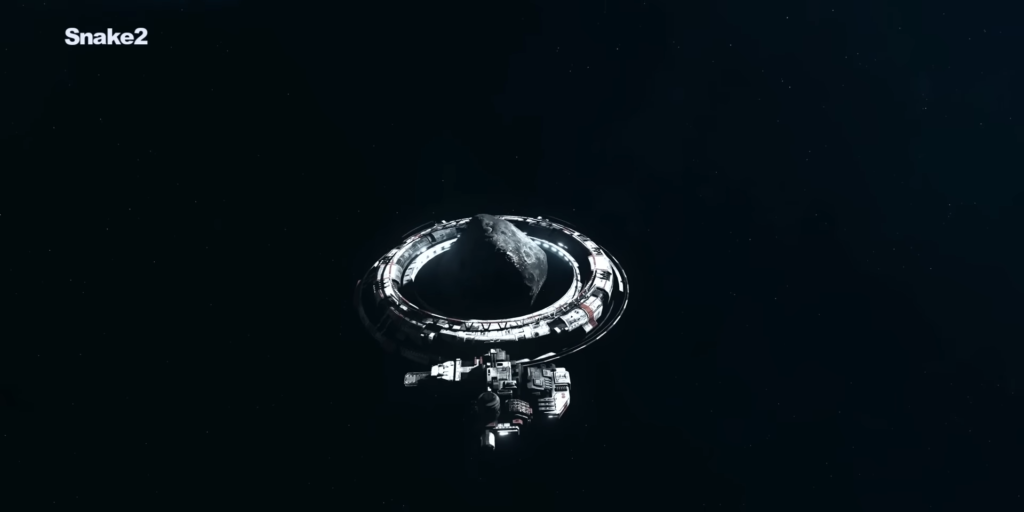
Scientists largely agree that we should broadly search with more open minds for signs of extraterrestrial civilizations because even some asteroids may contain alien bases and thus reach our vicinity. There’s a well-studied hypothesis as to whether some asteroids might indeed house alien bases inside or even on their exterior. Therefore, we study carefully those asteroids that fly near space, as well as some moons of Jupiter and Saturn that may be inhabited by some civilization, especially some advanced ones for studying stellar systems. Asteroids are a clear example of events to approach not only our solar system and others nearby but also our own planet, which is of interest to those alien races, and naturally, through asteroids, these large rocks to avoid being detected by the large telescopes we have outside our planet.
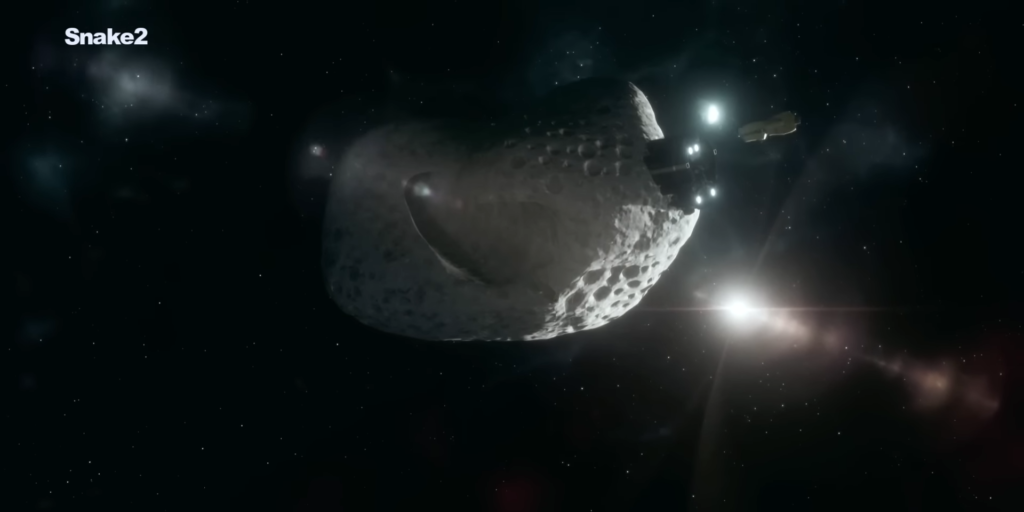
That’s why we’re finding more and more anomalies in these asteroids, which even, according to some experts, perform maneuvers without explanation, slight changes of direction, but they do. In this way, these wandering celestial bodies may attract extraterrestrial probes around them, watching the solar system and, of course, our planet. It’s a process of observation that has been going on for a long time. They may be robotic probes employing a type of artificial intelligence, awakening at the moment of their closest approach to our planet. It’s a method that, thinking about it rationally, doesn’t escape the possibility that a significant portion of these rocks may be occupied by aliens traveling through stellar systems. It’s possible that these rocks not only contain alien signatures but that those out there are watching and controlling our planet because we really don’t know even 10% of what’s happening around the Earth. With this, I mean that not all asteroids are published by NASA or any space agency.
As always, if you’ve made it this far, like and share if you enjoyed the video. Once again, thank you very much for trusting the information from DOS. I’m your host, and I’ll see you in the next one.
